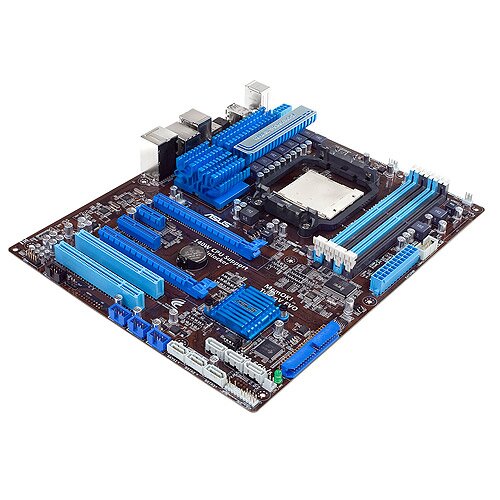We’ve been hearing a lot about core unlocking and CPU turbo charging, but what exactly is the difference between the two?
Let’s start with core unlocking, something we’ve discussed in the past. This is done on AMD platform processors that ship with deactivated cores. Deactivation occurs during manufacturing, when chips are found to be somewhat under optimum performance levels or to offer consumers more budget versions of processors. AMD then puts a certain numbers of cores “to sleep”, effectively shipping a scaled back version of the processor.
Take the new AMD Phenom II Black Edition CPUs. This is essentially a six core design, but many of them ship as four and even two core versions. The less cores available to consumers, obviously the lower the price, which leads to the conclusion that if somehow we could unlock those dormant cores, we’d in fact end up with a processor upgraded to its original, fully-fledged form.
Core Unlocker from ASUS uses forced CPU clock calibration to open up logic pathways that have been left inactive after quality testing at the factory. This is done on a hardware level in enabled motherboards, which includes most of the M4 lineup from ASUS as well as the Crosshair III and Crosshair IV gaming mobos from Republic of Gamers. Typically, this has been demonstrated on two core versions of the Phenom II, where Core Unlocker quite easily took the CPU to four cores. However, new iterations of Core Unlocker are able to address four core versions of the Phenom II X6, taking them to their full hexacore form.
ASUS says going from two to four cores has shown performance gains of 103% in certain tests, and while not every task will see this kind of improvement, simple common sense dictates that more cores indeed equal greater computing prowess. Core Unlocker and similar technologies also have safety thresholds to ensure defective or unstable cores don’t get force-activated to the detriment of the system, so stability is pretty much guaranteed.
By comparison…
Despite the similar names, Turbo CORE from AMD and Turbo Unlocker from ASUS do something entirely different from core unlocking. These two could be described more as core harmonizers or optimizers. Their purpose is to level multi-core, or multi-thread, performance, promoting balanced output from the CPU.
With multi-core processors and multi-threaded applications, getting just the right amount of CPU horsepower can be a challenge, because the processor may not gauge the various core ratios properly. Multi-threading remains relatively uncharted terrain, so every little bit of help is important. The ASUS version of Core Unlocker is part of the TurboV interface, which is also used for overclocking in other capacities. On AMD Phenom II processors, it works for two to six core varieties. It also applies to Intel Core CPUs, up to four cores.
Turbo Unlocker is basically an active stress monitor. Unlike Core Unlocker, it doesn’t mess with the basic architecture of the CPU, rather manipulates available resources by the demand put on the processor. For example, a heavy-duty single thread application spread evenly across four cores will actually slow down operations, because even though there are four cores, individually none of them get enough power to do that single operation justice. Turbo Unlocker effectively reroutes all available core power to that single thread/core, so the application has ample resources to be executed smoothly.
Then, take a real multi-thread task that can indeed make the most of two or four cores. Turbo Unlocker makes sure each core performs at an even level, so there’s no bottlenecking or wasted power. With all cores maintaining a stable, unified performance profile, the application at hand gets its work done more stably.
And while Core Unlocker translates into raw computational capacity, Turbo Unlocker manifests itself in clock speeds. ASUS say in their test environments single thread apps saw up to 500MHz gains in CPU clocks, while multi-thread uses took on an extra 200-400MHz. These are significant enough to make a difference noticeable to any user, professional or not.
Turbo Unlocker can be had on M4 series of motherboards from ASUS and the ROG Crosshairs III and IV. It’s also designed to work with Intel chipsets, we’ll update you once ASUS gives us a firm list of supported models.
So there you have it, a basic comparison of two similarly-named technologies. Both have the potential to inject even more performance into already capable technologies.


